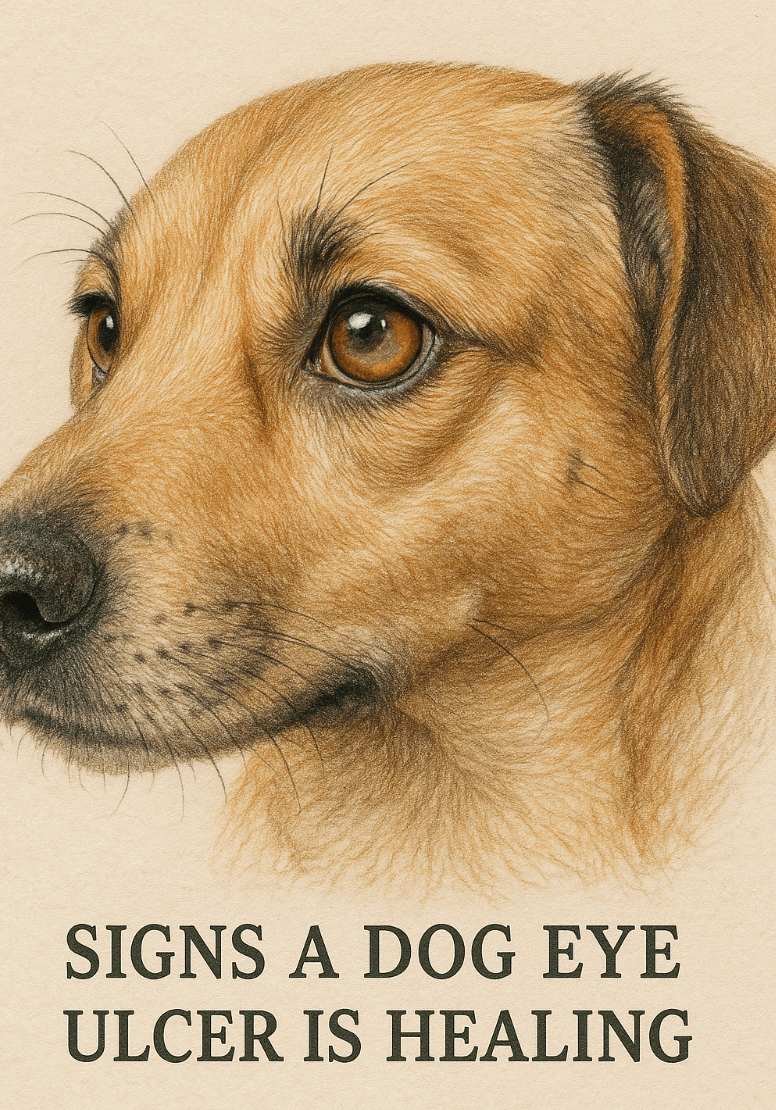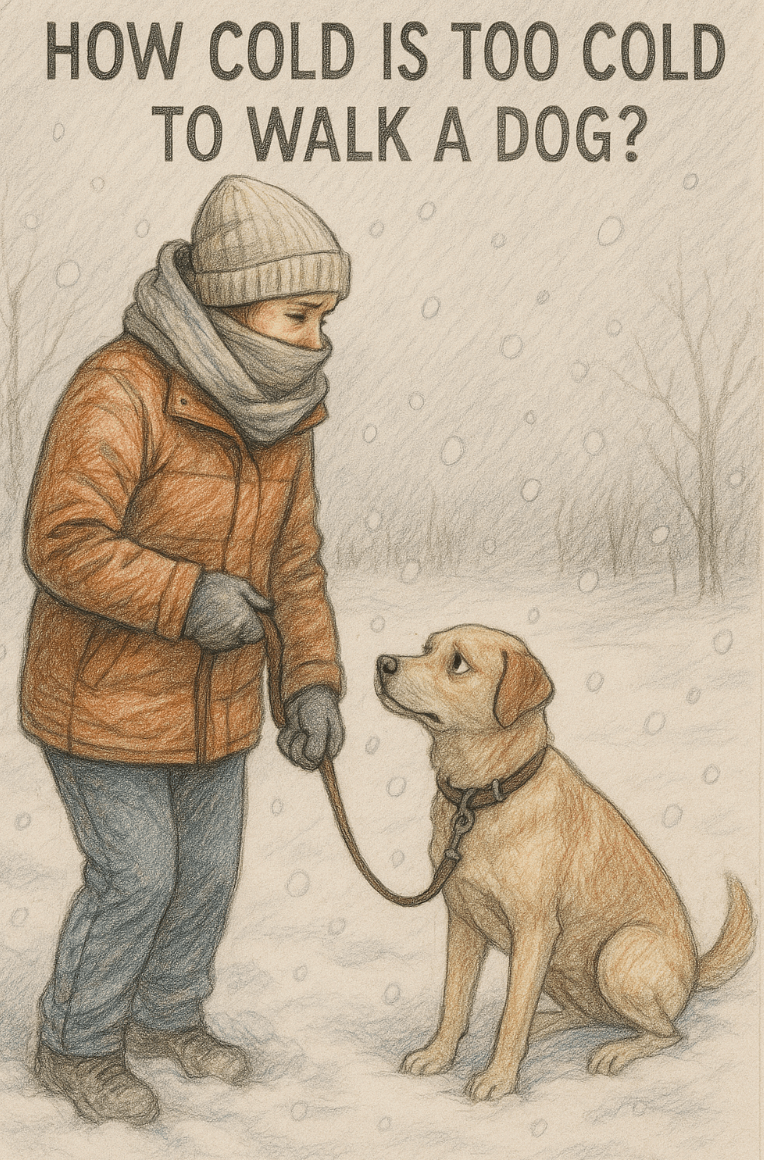Dog Vomiting Pink Foam: What You Need to Know
Seeing your dog vomit pink foam can be alarming and leave you wondering what’s wrong. While occasional vomiting in dogs isn’t uncommon, the presence of pink foam may indicate an underlying issue that requires attention. The pink color often suggests the presence of blood mixed with saliva or stomach contents, which could stem from various causes ranging from minor irritations to more serious conditions. In this blog post, we’ll explore the potential reasons behind this symptom, how to respond, and when it’s time to consult a veterinarian. Understanding these factors will help you ensure your furry friend stays healthy and happy.
Common Causes of Dog Vomiting Pink Foam
When your dog vomits pink foam, it’s essential to consider possible causes to determine the severity of the situation. Here are some common reasons:
Gastrointestinal Irritation : Consuming something unusual or toxic can irritate the stomach lining, leading to vomiting with traces of blood.
Foreign Object Ingestion : Swallowing non-food items like toys or bones can cause internal injuries, resulting in bloody vomit.
Kennel Cough : This respiratory infection can lead to coughing so forcefully that it causes small amounts of bleeding, mixing with saliva to form pink foam.
Stomach Ulcers : Ulcers in the stomach lining can bleed, causing blood to mix with digestive fluids and appear as pink foam.
Bloat or Gastric Torsion : A life-threatening condition where the stomach twists, potentially causing blood-tainted vomit along with other symptoms.
Identifying the underlying cause is crucial for determining the appropriate course of action. If your dog exhibits persistent symptoms, seek veterinary care immediately.
Symptoms to Watch For Alongside Vomiting Pink Foam
While vomiting pink foam is concerning on its own, other accompanying symptoms can provide additional clues about your dog’s condition. Here’s what to look out for:
Lethargy : A lack of energy or enthusiasm may indicate pain, dehydration, or systemic illness.
Loss of Appetite : Refusal to eat can signal digestive issues or discomfort.
Coughing or Gagging : Persistent coughing might point to respiratory problems like kennel cough or pneumonia.
Abdominal Swelling : A bloated or distended abdomen could suggest bloat or another gastrointestinal issue.
Diarrhea or Blood in Stool : These symptoms may indicate internal bleeding or severe digestive distress.
Monitoring these signs alongside vomiting pink foam can help you gauge the urgency of the situation and communicate effectively with your vet.
Check this guide 👉Why Is My Dog Puking Foam? Best 7 Health Tips!
Check this guide 👉Dog Vomit White Foam: 7 Tips to Address the Issue!

Possible Causes | Action Steps to Take |
|---|---|
Gastrointestinal Irritation | Remove access to harmful substances; monitor closely. |
Foreign Object Ingestion | Check for signs of choking; contact your vet immediately. |
Kennel Cough | Isolate your dog; consult your vet for treatment options. |
Stomach Ulcers | Provide bland food; seek veterinary diagnosis and medication. |
Bloat or Gastric Torsion | Rush to the vet; this is a medical emergency. |
How to Respond When Your Dog Vomits Pink Foam
If your dog vomits pink foam, staying calm and acting quickly is essential. Here’s what you should do:
Assess the Situation : Note any recent changes in diet, environment, or behavior that might explain the vomiting.
Withhold Food Temporarily : Allow your dog’s stomach to settle by withholding food for 12-24 hours, but ensure they stay hydrated.
Offer Small Amounts of Water : Provide water in small increments to prevent dehydration without overwhelming their system.
Monitor for Additional Symptoms : Keep an eye out for lethargy, diarrhea, or worsening vomiting, which may indicate a more serious issue.
Contact Your Veterinarian : If the vomiting persists or is accompanied by other alarming symptoms, schedule a vet visit promptly.
Taking these steps can help stabilize your dog while you determine whether professional intervention is necessary.
Preventive Measures to Reduce the Risk of Vomiting Pink Foam
Prevention is always better than cure. Here are some ways to reduce the likelihood of your dog experiencing this alarming symptom:
Secure Hazardous Items : Keep small objects, chemicals, and toxic foods out of reach to prevent accidental ingestion.
Feed a Balanced Diet : Provide high-quality, nutritious food tailored to your dog’s age, size, and health needs.
Regular Vet Check-Ups : Routine examinations can catch underlying health issues before they escalate.
Avoid Overexertion After Meals : Give your dog time to digest before engaging in vigorous activity to prevent bloat.
Vaccinate Against Infectious Diseases : Ensure your dog is up-to-date on vaccinations to protect against illnesses like kennel cough.
By adopting these preventive measures, you can minimize risks and promote your dog’s overall well-being.
Foods That Can Trigger Vomiting in Dogs
Certain foods can upset your dog’s stomach and potentially lead to vomiting, including pink foam if blood is present. Here are some common culprits to avoid:
Chocolate : Contains theobromine and caffeine, which are toxic to dogs and can cause vomiting and other symptoms.
Onions and Garlic : These can damage red blood cells and irritate the gastrointestinal tract.
Grapes and Raisins : Even small amounts can lead to kidney failure and vomiting.
Fatty Foods : High-fat meals like bacon or fried food can trigger pancreatitis, often accompanied by vomiting.
Artificial Sweeteners (Xylitol) : Found in sugar-free products, xylitol is highly toxic and can cause severe digestive distress.
By keeping these harmful foods out of reach, you can reduce the risk of dietary-related vomiting and keep your dog safe.
How to Soothe Your Dog’s Stomach After Vomiting
If your dog has vomited pink foam and seems to be recovering, there are steps you can take to soothe their stomach naturally. Here’s how to help them feel better:
Offer a Bland Diet : Serve boiled chicken and plain rice to ease digestion without irritating the stomach further.
Provide Probiotics : Probiotic supplements or plain yogurt can restore beneficial gut bacteria.
Encourage Rest : Limit physical activity to allow your dog’s body to recover fully.
Keep Them Hydrated : Offer small sips of water frequently to prevent dehydration.
Monitor Behavior : Watch for signs of improvement or worsening symptoms over the next 24 hours.
These gentle measures can support your dog’s recovery, but always consult your vet if symptoms persist or worsen.
When to Consider a Specialized Diet for Your Dog
For dogs prone to digestive issues or frequent vomiting, a specialized diet may be necessary to maintain their health. Here’s what to consider when choosing one:
Limited Ingredient Diets : Reduce the risk of allergies by using fewer, simpler ingredients.
Grain-Free Options : Some dogs benefit from grain-free formulas that minimize digestive irritation.
Prescription Diets : Available through veterinarians, these diets address specific conditions like pancreatitis or food sensitivities.
High-Fiber Formulas : Fiber-rich foods can aid digestion and regulate bowel movements.
Hydrolyzed Protein Diets : Break down proteins into smaller components to reduce the likelihood of allergic reactions.
Switching to a specialized diet can make a significant difference in managing your dog’s health, but always consult your vet before making dietary changes.
Frequently Asked Questions About Dog Vomiting Pink Foam
Is dog vomiting pink foam always an emergency?
Not always, but it can indicate serious conditions like bloat or ulcers, so prompt evaluation is recommended.
Can stress cause my dog to vomit pink foam?
Yes, stress or anxiety can lead to gastrointestinal upset, though it’s less likely to involve blood unless there’s an injury.
Should I induce vomiting if I suspect poisoning?
No, inducing vomiting at home can worsen the problem; contact your vet or a poison control hotline instead.
How long should I wait before calling the vet?
If vomiting persists beyond 24 hours or is accompanied by other symptoms, contact your vet immediately.
Can dietary changes help prevent vomiting?
Gradual transitions between foods and avoiding sudden dietary shifts can reduce the risk of digestive upset.
Keeping Your Dog Safe and Healthy
Dog vomiting pink foam can be unsettling, but understanding the potential causes and knowing how to respond can make all the difference. Whether it’s a minor irritation or a sign of something more serious, timely intervention is key to ensuring your dog’s recovery. By staying vigilant, practicing preventive measures, and seeking veterinary care when needed, you can protect your furry companion from harm. Remember, your dog relies on you to keep them safe and healthy—so trust your instincts and act swiftly whenever you notice something unusual.
Signs a Dog Eye Ulcer Is Healing: Best 7 Expert Tips! Discover expert advice on identifying healing signs, supporting recovery, and ensuring your dog’s eye health with practical tips.
Why Does My Dog Have Eye Boogers? Best 7 Expert Tips! Discover expert advice on causes, prevention, and solutions to keep your dog’s eyes healthy and clear.
Staph Infection in Dogs: Best 7 Expert Tips! Discover expert advice on identifying, treating, and preventing staph infections to keep your dog healthy and happy.
How Cold Is Too Cold to Walk a Dog? Best 7 Expert Tips! Discover expert advice on safe winter walks, protecting your dog from cold, and recognizing weather-related risks for a happy, healthy pup.





